Last updated: September 24th, 2019
ADHD is a condition that has been described throughout history for thousands of years. The history of ADHD is a lot like a roller coaster ride – with plenty of twists and turns (just like the condition itself).
There are many cases in ADHD’s history where physicians actually confused ADHD for:
- Brain trauma
- The result of bad parenting
- Disobedience
But, there are also many occasions in history where physicians accurately described the inattentive, impulsive, and hyperactive traits that are found in people with ADHD.
So, let’s begin by taking a look at the earliest encounters physicians had with ADHD and ADHD-like behavior…
Contents
1. Hippocrates, the “Father of Modern Medicine,” observes a patient with “quickened responses to sensory experiences” (493 BC)
Hippocrates is often referred to as the “Father of Modern Medicine,” because he was one of the most outstanding physicians in the history of medicine.
In the year 493 BC, the Greek physician Hippocrates described a condition that closely resembles ADHD.
He noted that some of his patients had:
Quickened responses to sensory experience, but also less tenaciousness [persistence] because the soul moves on quickly to the next impression.
Let’s analyze his diagnosis further:
“Quickened responses to sensory experience” seems to suggest that some of Hippocrates’ patients displayed hyperactive behavior.
Meanwhile, “less tenaciousness because the soul moves on quickly to the next impression” suggests inattentive or impulsive behavior.
Interestingly, here’s what Hippocrates “prescribed” for his patients’ ADHD-like behavior:
Barley rather than wheat bread, fish rather than meat, watery drinks, and many natural and diverse physical activities.
Now you know why Hippocrates is considered a legend in the field of medicine.
He was unbelievably ahead of his time.
The treatment that Hippocrates prescribed is shockingly similar to some of the natural remedies for ADHD that are commonly used today. Hippocrates essentially suggested that his patients try a low-gluten diet, acquire more essential fatty acids (as found in fish), and exercise more often.
Today, Hippocrates’ name lives on through the Hippocratic Oath.
2. German physician Melchior Adam Weikard describes “Attention Deficit” in medical textbook (1775)
After quite a gap in history, the German physician Melchior Adam Weikard described “Attention Deficit” in a medical textbook in the year 1775.
This was the first formal documentation of modern-day ADHD that researchers are currently aware of.
And, this suggests that ADHD was publicly documented even before the formation of the United States (the nearest, relevant milestone in world history).
So, next time someone tells you that ADHD was “made up” in recent years…simply refer that person to the 1775 publication of Mangel der Aufmerksamkeit, Attentio Volubilis!
This is pretty solid evidence that ADHD is an age-old condition.
3. Scottish physician Alexander Crichton describes “Mental Restlessness” in publication (1798)
In the year 1798, the Scottish physician Alexander Crichton described the inattentive subtype of ADHD very much in accordance with today’s DSM-IV criteria.
This was a breakthrough in the history of ADHD, because Dr. Crichton specifically described attention disorders that appear in otherwise healthy individuals.
He referred to this dilemma as “mental restlessness,” and may have been one of the earliest physicians to differentiate between brain trauma and ADHD.
4. German psychiatrist Heinrich Hoffmann publishes The Story of Fidgety Philip (1845)
The Story of Fidgety Philip is a short story that was written and illustrated by the German psychiatrist Heinrich Hoffmann in the year 1845.
And, this is a story that describes a boy who wiggles, giggles, and fidgets at the dinner table.
It’s actually a humorous story, because Fidgety Philip fidgets in his chair so much that he ends up falling backwards in his chair, yanking the tablecloth, and literally destroying his family’s meal.
So, this was the first story that put ADHD in a humorous light, and caused “Fidgety Phil” to become synonymous with ADHD.
Interestingly, Dr. Hoffmann eventually went on to direct the state mental hospital in Frankfurt, Germany, and improve the perceptions of those dealing with brain conditions.
5. French Physicians introduce the notion of “instability” as seen in schoolchildren (1887)
Between the years of 1887 and 1910, a group of French physicians published writings surrounding the “mental instability” found in schoolchildren.
This research was led by the French neurologist Désiré-Magloire Bourneville at the Hospital Bicêtre in Paris, France. Physicians Jean Phillippe and Georges Paul-Boncour took part in the research as well.
The symptoms described in the French physicians’ writings ultimately match the modern day triad of ADHD symptoms – hyperactivity, impulsivity, and inattention.
So, this close-up look at the “mental instability” (ADHD) in schoolchildren was some of the earliest research conducted in the field of ADHD.
6. English pediatrician Sir George Frederic Still refers to ADHD as “some abnormal psychical conditions in children” (1902)
In the year 1902, the “father of British pediatrics” Sir George F. Still delivered a series of lectures at the Royal College of Physicians of London, which is the oldest medical college in England.
Still’s 1902 lectures are best-known for describing ADHD as “some abnormal psychical conditions in children”.
In Still’s lectures, he connected the “abnormal psychical conditions in children” to “an abnormal defect of moral control in children”.
Still then explained that “moral control is dependent upon three psychical factors, a cognitive relation to environment, moral consciousness, and volition.”
In other words, Still was the first physician to heavily publicize ADHD, as his lectures were printed in The Lancet, one of the world’s best peer-reviewed medical journals.
7. English physician Alfred F. Tredgold publishes the book Mental Deficiency (amentia), which expands on Still’s research (1908)
In the year 1908, Alfred Frank Tredgold published a book called Mental Deficiency (amentia), which largely expanded on Still’s insights into ADHD (given the similar time frame), and focused on the hyperactive behavior displayed by some children.
A. F. Tredgold also emphasized that behavioral problems or learning difficulties may have been the result of brain damage, birth defects, or genetic inheritance.
Most notably, Tredgold described these unruly children as “high-grade feeble-minded”.
And, while feeble-minded might sound like an insulting term, it was actually used to describe “the highest end of functioning” within the concept of mental deficiency.
8. Psychiatrist Charles Bradley administers Benzedrine sulfate to schoolchildren, and documents the first use of stimulants to improve academic and social performance (1937)
In the year 1937, the psychiatrist Charles Bradley discovered the powerful performance-enhancing potential of Benzedrine sulfate, which is a racemic amphetamine.
Interestingly, Bradley administered the amphetamine to “problem schoolchildren” in Providence, Rhode Island, in an attempt to cure their headaches.
But, Bradley soon noticed an improvement in the children’s academic performance, social skills, and emotional regulation.
Bradley then published articles about his experiments.
And, Bradley’s experiments eventually influenced the therapeutic use of stimulant drugs to treat ADHD.
9. The psychostimulant Ritalin is approved by the Food and Drug Administration (FDA) (1955)
In 1955, the FDA licensed the central nervous system (CNS) stimulant drug Ritalin (methylphenidate) to treat what was known as “hyperactivity” at the time.
This was a monumental point in history for people who suffered from ADHD-like behavior – since relief could finally be achieved in many patients for the first time.
Ritalin is still prescribed as an ADHD medication to this day.
10. DSM-II adds “Hyperkinetic Reaction of Childhood” to list of recognized mental disorders (1968)
1968 was the first year that the DSM or “Diagnostic and Statistical Manual of Mental Disorders” recognized “Hyperkinetic Reaction of Childhood”.
The disorder was officially added to the DSM-II (second edition).
And, the American Psychiatric Association (APA) defines “Hyperkinetic Reaction of Childhood” as follows:
The disorder is characterized by overactivity, restlessness, distractibility, and short attention span, especially in young children; the behavior usually diminishes by adolescence.
As you can see, Hyperkinetic Reaction of Childhood is extremely similar to modern day ADHD.
However, at the time Hyperkinetic disorder was added to the DSM-II, experts understood that many children displayed inattentive symptoms without any signs of hyperactivity.
It was this realization that led to the next major breakthrough in the “history of ADD”…
11. DSM-III adds “Attention Deficit Disorder (ADD) with or without hyperactivity” to list of recognized mental disorders (1980)
The DSM-III was published in the year 1980, which is when experts clarified that “Attention Deficit Disorder (ADD) with or without hyperactivity” was the new standard for attention disorders.
This essentially divided ADD into two subsets:
- ADD with hyperactivity
- ADD without hyperactivity
At the time, experts believed that ADD was primarily a disorder of inattention, which is why “hyperactivity” became an optional aspect of the disorder.
12. DSM-III-R recognizes “Attention Deficit Hyperactivity Disorder” (ADHD) for the first time (1987)
In the year 1987, the APA made a revision to their manual (DSM-III-R) to recognize “Attention Deficit Hyperactivity Disorder” (ADHD) for the first time.
This revision removed the “with or without hyperactivity” aspect of the disorder, and effectively eliminated the subtypes.
It became just “ADHD”.
In a way, this consolidated traits like inattention, impulsiveness, and hyperactivity into a single disorder.
13. DSM-IV establishes the modern day version of ADHD, with three separate subtypes (1994)
In 1994, the DSM-IV, which is the fourth edition of the DSM, established ADHD as a disorder with three separate subtypes.
This is the version of ADHD that is still recognized to this day.
According to the 1994 DSM-IV, ADHD’s symptoms are first divided into two separate categories:
- Inattentive
- Hyperactive / Impulsive
These two distinct categories of ADHD are then further broken down into three separate subtypes:
- ADHD, Primarily Inattentive
- ADHD, Primarily Hyperactive / Impulsive
- ADHD, Combined Type
14. Adderall (amphetamine / dextroamphetamine) is approved by FDA for treatment of ADHD symptoms (1996)
In 1996, Adderall was approved by the FDA for the treatment of ADHD symptoms.
This was the second major pharmaceutical (after Ritalin) to be approved for ADHD treatment.
Adderall is still one of the most popular ADHD medications used to this day.
And, while Adderall is sometimes presented in a “controversial” light, readers of this article will understand that stimulants have successfully been used to treat ADHD symptoms since 1937 (when Benzedrine sulfate was first used on schoolchildren).
15. Vyvanse (lisdexamfetamine) is approved by the FDA for the treatment of ADHD symptoms (2007)
In 2007, Vyvanse (lisdexamfetamine) was approved by the FDA for the treatment of ADHD symptoms.
Vyvanse has been the most successful ADHD drug available to this day – because it’s a long-lasting formula that helps to fight inattention, impulsiveness, and hyperactivity all day long (in most cases).
Vyvanse is prescribed for children and adults with ADHD, and continues to play a significant role in helping some people live a better life with ADHD.
16. ADHD continues to grow in popularity (ADHD today)
Today, it’s been reported that approximately 6.4 million American children have ADHD (children between the ages of 4-17). This is equal to roughly 11% of the child population in the U.S.
This figure is a little bit lower in adults, since it’s been reported that ADHD affects 4.1% of the adult U.S. population (about 10 million adults).
However, these figures are probably drastically low, since not everyone with ADHD is diagnosed, or included in these surveys.
This suggests that ADHD has grown rapidly over the past century. Especially during the last few decades.
Why has ADHD grown so much in popularity?
Well, no one knows for sure.
But, there are a few possible reasons why ADHD is seemingly growing at such a fast rate of speed:
> Advancements in ADHD research have made it easier for medical professionals to diagnose and treat ADHD
> Free information about ADHD is more accessible (in large part due to the internet)
> With every year that passes, we gain more information about the long-term safety, effectiveness, and/or risks of ADHD medications (better information is available)
> Pharmaceutical companies heavily promote ADHD to spread public awareness
> We live in a high-stress, extremely competitive environment, which might incentivize people to seek an ADHD diagnosis and acquire a prescription for ADHD medication
> There’s a chance that more people are being born with ADHD
Overall, it’s extremely difficult to determine the real reason why ADHD is growing in popularity.
But thankfully, the amount of resources available for people with ADHD are growing equally as fast.
So regardless of the exact reason why ADHD is booming in popularity, most people who are diagnosed with ADHD today are capable of living an extremely high quality of life.
17. The future of ADHD
The future of ADHD appears extremely bright.
I think that more people will take a “balanced” approach to managing ADHD symptoms – which involves eating a healthy diet, getting plenty of exercise, supplementing with natural remedies, and possibly using the ADHD medication that works best for their lifestyle.
If there’s anything that I’ve learned in recent years – it’s that living with ADHD is more of a lifestyle factor rather than a “mental disorder”.
ADHD is a way of thinking and navigating the world. And, you don’t have to undergo constant suffering because of ADHD.
There are many extremely successful people who live amazing lives with ADHD.
In the future, I hope that many more people with ADHD will come to realize that it’s possible to live a productive, energetic, and amazing life with the condition.
Conclusion
Overall, I hope this article has provided you with a clear picture of:
- The history of ADHD
- The role that ADHD plays in society today
- The future of ADHD
Here’s a short summary of ADHD’s history, to refresh your memory:
- Hippocrates kicked off the “investigation” into ADHD thousands of years ago (in 493 BC)
- Weikard described “Attention Deficit” in a medical textbook before the U.S. was even a country (in 1775)
- George Still described ADHD to physicians and publicized the condition (in 1908)
- The DSM-IV formally recognized the version of ADHD that we still use to this day (in 1994)
Do you know of any other significant breakthroughs that occurred during ADHD’s history?
If so, make sure to leave your comment in the comments section below.
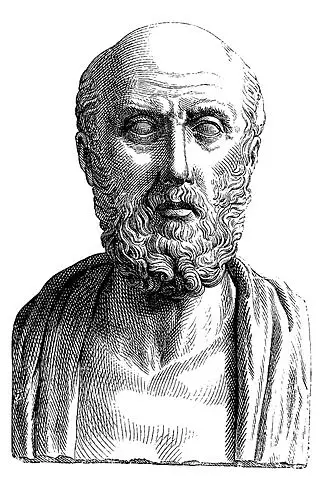
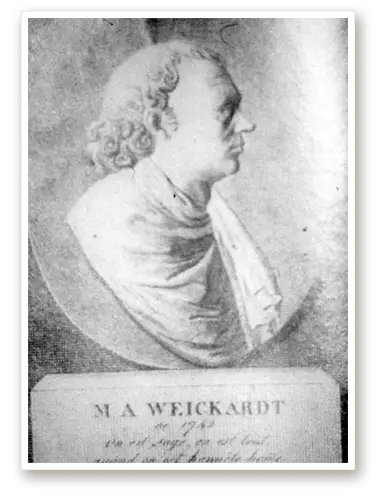
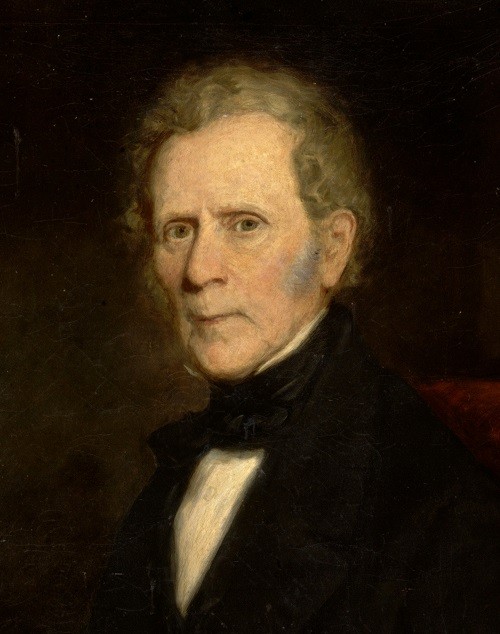
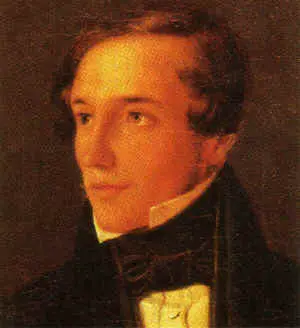
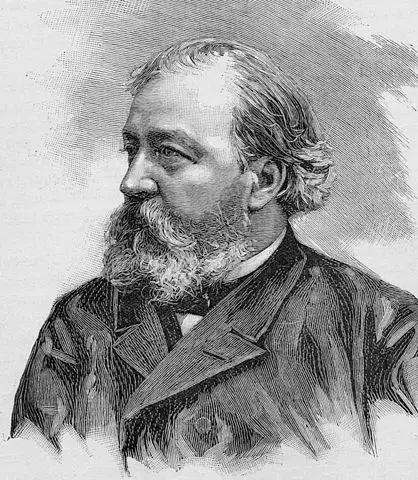
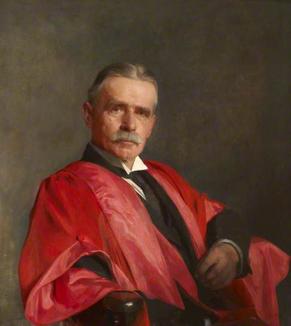
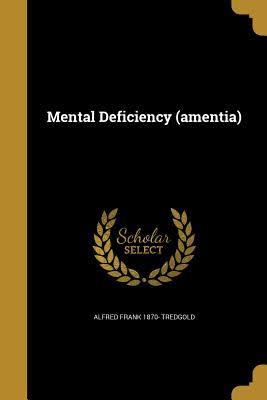
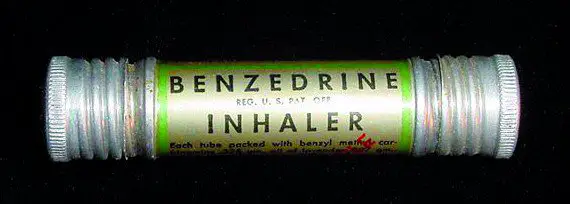
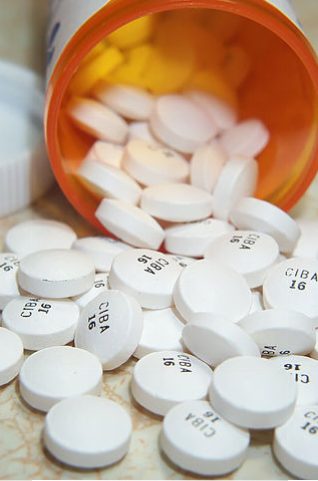
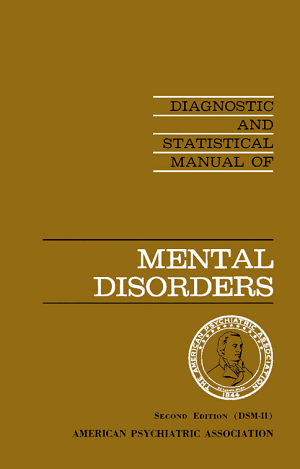
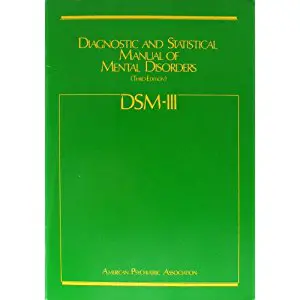
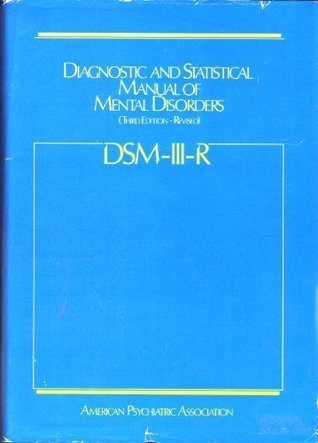
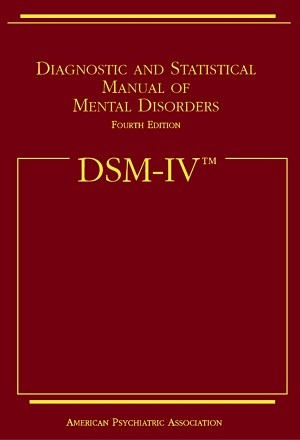
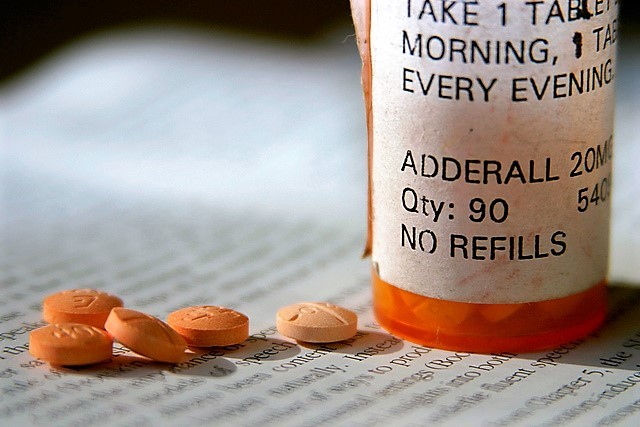



Great post.
Thank you Royvia. I appreciate you.
Nice post!
Thank you Fredro!
Great article. I’d add that Virginia Douglas, by arguing (in 1972) that the main focus should be on attention as opposed to hyperactivity, should be treated as a significant contributor.
If people want to read about the history of ADHD in more detail, please see the following:
https://www.ncbi.nlm.nih.gov/pmc/articles/PMC3000907/#CR17
For recent changes to the diagnosis of ADHD, see:
https://www.ncbi.nlm.nih.gov/pmc/articles/PMC3955126/
Thank you for your contribution!